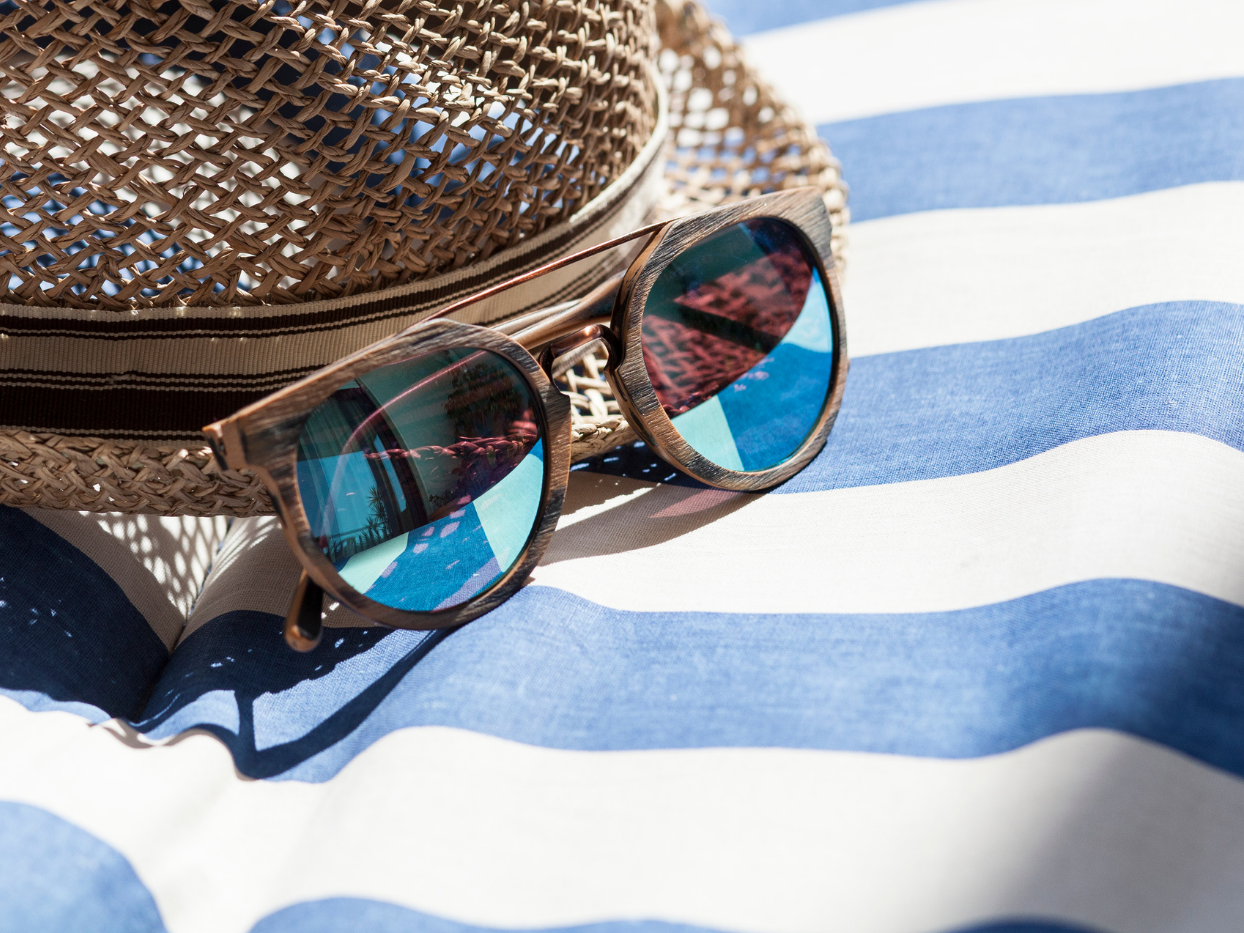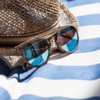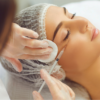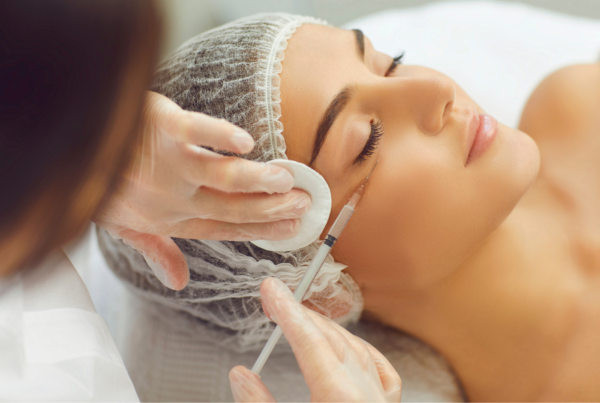As an Optician, I advise patients regularly on the care of their eyes. For this article, I have teamed up with Rachel Bustin, an avid family & lifestyle blogger to bring to you a feature about protecting the eyes from harmful UV rays, not just in the summer, but all year round. It is a pleasure to have Rachel as my guest blogger!
Protecting the eyes from UV rays, including during the winter, is one of the most important things you can do for your eye health. People must wear sunglasses that provide 100% UVA and UVB protection. In this post, we are going to explore this topic a little further and explain why UV protection should be recommended all year round.
What are UV Rays and How Do They Affect Your Eyes?
UV rays are electromagnetic waves with a wavelength between 10 nanometres and 400 nanometres. They are also known as ultraviolet (UV) radiation and come from the sun as well as other sources such as tanning beds.
UV rays penetrate the skin, eye and the natural lens of the eye, causing photodamage to live tissue. This can lead to cataracts, conjunctivitis or corneal damage, leading to vision loss.
So Why Do You Need Eye Protection, Not Only In The Summer But In The Winter As Well?
When a person is driving or walking in the winter, they often have to deal with very low light and high glare conditions. This ‘winter glare’ can be hard on your eyes and potentially cause visual discomfort as well as impaired vision. Drivers should make sure that they wear sunglasses when they are driving during the winter sun, especially in wet and snowy conditions. The best form of sun protection against winter sun glare is polarised lenses.

Image courtesy of RachelBustin.com
Why You Need Eye Protection in the Summer
Sunglasses in the warmer months provide various layers of eye protection. The first, of course, being UV protection, but 2nd to that is shielding the eyes from pollen and dry heat. Hayfever and dry-eye symptoms can be reduced with the use of wrap-around, well-fitted sun eyewear.
In addition to this, one of the most common health and safety risks for people in the summer is an eye injury from playing outdoor sports. Whilst safety eyewear designed specifically for sports would be the ideal protection, there are sunglasses on the market that provide the essential UV protection, but with the bonus of impact-resistant lenses, such as Oakley eyewear.
If you are outside this summer, make sure to wear sunglasses to protect your eyes from UV rays. Sunglasses don’t have to cost a lot of money – you can get some that fit your style and budget. It’s important to remember that not all sunglasses block out 100% of UV rays, so please do some research before you buy a pair.
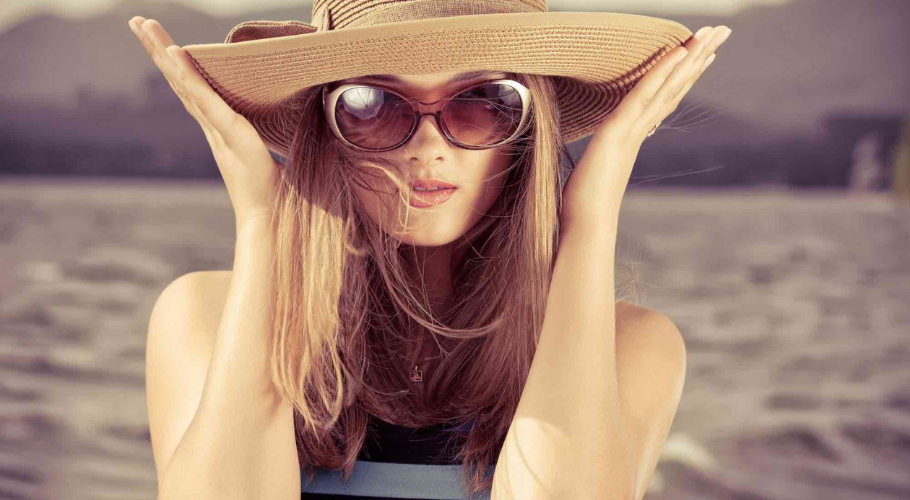
Image Courtesy of RachelBustin.com
How Do You Know If Your Sunglasses Have UV Protection?
It’s all about UV protection. Sunglass lenses should block 100% UVA and UVB rays. You can identify this feature by looking out for the CE or UV400 mark on your glasses label or the spectacle sides. The category for lens shade (0-4) should also be marked on the frame, e.g ‘C3’ followed by ‘CE’. This lets you know that it has received an international standard for safety and compliance.
If this isn’t present, then these glasses are not doing their job and are causing more harm than good to your eyesight. A tinted lens without the appropriate UV guard is more dangerous than not wearing sunglasses at all. The eyes have a wonderful, and natural ability to control the level of light that enters the eye through the ‘pupil’. In bright conditions, the pupil of the eye constricts allowing just the right level of light to transmit to the back of the eye, which is the main ‘image forming’ area. As soon as we wear tinted lenses, the pupil dilates and opens up allowing more light and UV to transmit through the various layers of the eye. Without UV protection on the sun lenses, a dilated eye is subject to extreme UV damage, because the dilated pupil is exposing the entire media of the eye.
How to Find the Best Sunglasses for Your Needs
People have different needs when it comes to sunglasses. Some people need polarised sunglasses to help them see better near water or in high-glare conditions. Others may prefer to get polarised lenses for driving or playing sports such as golf.
The different colours and styles of sunglasses can also make a huge difference in what you choose. The most popular colours are black, brown, and tortoiseshell frames with mirrored lenses, but clear or rose-coloured lenses are also popular among some people. Taking style advice and inspiration from Oodo Optical you can feel on top of the world with the right sunglasses for you.
If you spend a lot of time outside or at the beach, then you should take into consideration the durability of the frames as well as how easily they are damaged by sunlight. For example, metal frames are more durable than plastic but are more susceptible to scratching from sand or debris. Likewise, some lenses come with an enhanced layer of protection to make them more resistant to sand and saltwater.
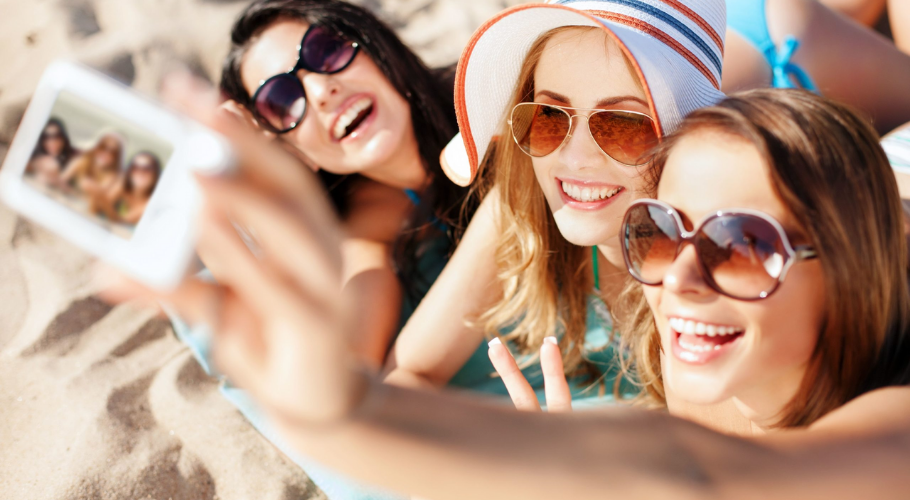
Image courtesy of RachelBustin.com
What are the Other Options for Protecting Your Eyes From UV Rays?
Many people overlook the need to protect their eyes from UV rays.
The most common protection against UV rays is wearing sunglasses. Some other options for protecting your eyes from UV rays include wearing a hat or a cap and seeking shade when outdoors.
Conclusion: Good Eye Protection is a Necessity During All Seasons
This summer, you should protect your eyes from harmful UV rays. After all, our eyesight is so important!
The two main factors contributing to eye damage are lack of time spent in the shade and the use of sunglasses that do not provide 100% protection.
To protect your eyes, you should wear sunglasses with 100% UV protection and stay in the shade as much as possible during the hours of 1100 – 1500 hours when the sun is most intense.
So with this in mind, protect yourself from the UV and enjoy the sun!
Author, Rachel Bustin of RachelBustin.com
Editor, Reena Bains of Oodo-Optical.com
Posts by Oodo™ may include affiliate links. This means that we make a small commission from referrals and purchases at no extra cost to you. Thank you for your kind support.

